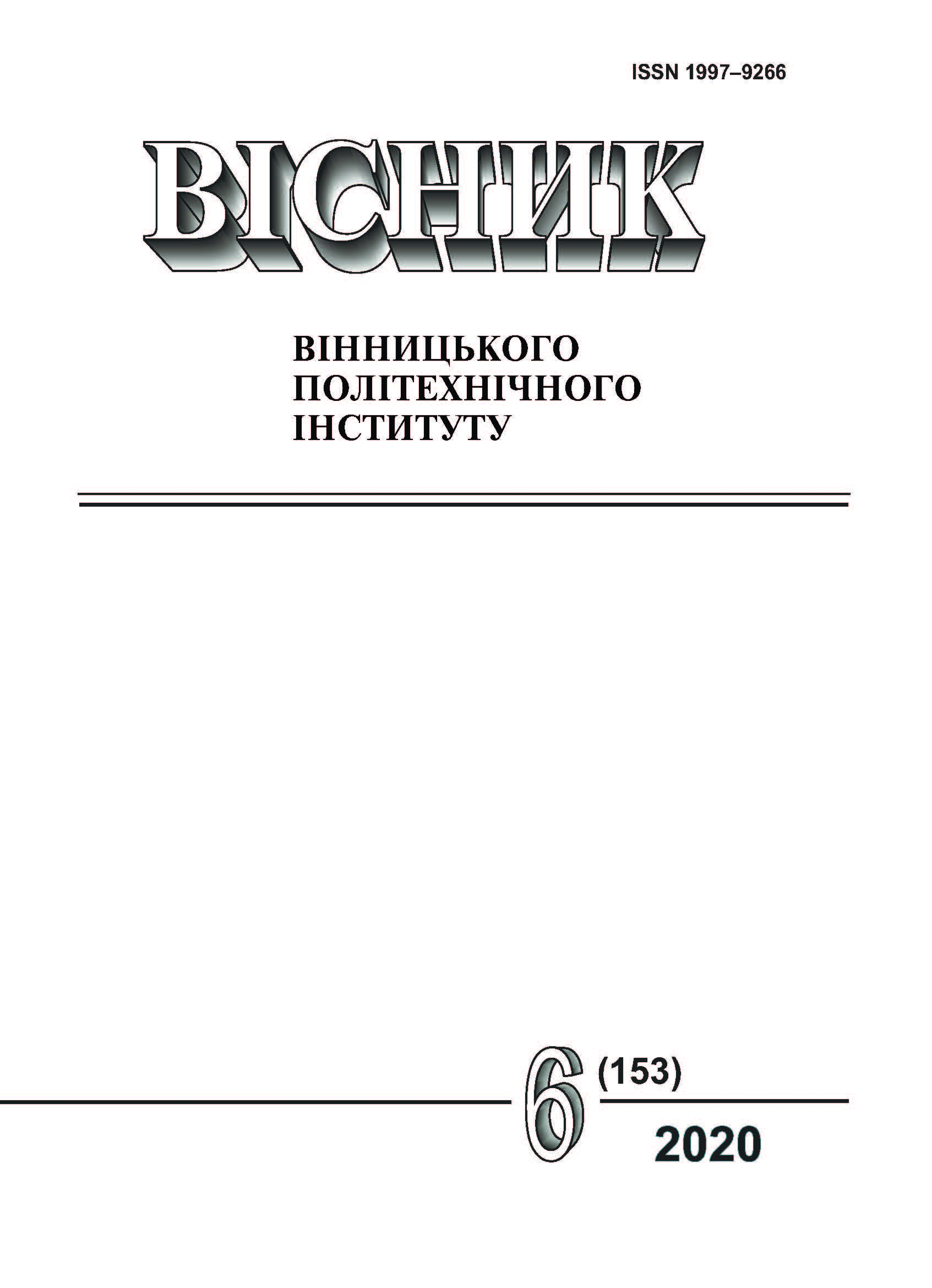Information Technology of Optimization Parameters of the Assembly Models of Artificial Intelligence for Forecasting the Presence Precipitations by Meteorological Monitoring
DOI:
https://doi.org/10.31649/1997-9266-2020-153-6-76-83Keywords:
information technology, artificial intelligence models, precipitation forecasting, informative featuresAbstract
Data forecasting is a trivial task of systems analysis, there are different types of forecasts and predictions. One of them is a binary forecast that answers the question of whether an event will occur or not. One of the issues of meteorology is the issue of forecasting precipitation, as well as what accuracy will be in such a forecast.
The paper considers the problem of forecasting the presence of precipitation according to meteorological monitoring and proposes information technology to optimize the parameters of the ensemble of such models of machine learning as models of gradient boosting and logistic regression, built on a set of informative features. The proposed information technology allows you to perform intelligence analysis of input data and determine the optimal set of informative features, and due to the algorithm, which at each step determines the optimal one, two, three,… -element sets of features that maximize forecasting accuracy. Graphs of influence of signs on accuracy of the used models of machine learning are constructed. Each type of model has its own set of features. To provide information technology, the data provided by the Vinnytsia Center for Hydrometeorology were selected. These are the data of atmospheric monitoring of Vinnytsia for the last 10 years, which include: air temperature, humidity, dew point, cloudiness and wind speed.
To increase the accuracy of forecasting, a mathematical model is proposed, which is based on the optimal determination of the weights of the ensemble of models of gradient boosting and logistic regression. Experiments were performed that showed a fairly accurate result. The accuracy of the proposed information technology showed 80%. This confirmed the reliability of the proposed technology.
References
A. Bezerra, I. Silva, L. A. Guedes, D. Silva, G. Leitão, and K. Saito, “Extracting Value from Industrial Alarms and Events: A Data-Driven Approach Based on Exploratory Data Analysis,” Sensors, 2019, no. 19, issue 12, pp. 11-32.
Як роблять прогнози погоди і чому вони іноді не збуваються? Прогноз. [Електронний ресурс]. Режим доступу: https://www.bbc.com/ukrainian/features-51545290 . Назва з екрана.
Прогнози погоди і клімату та притаманні їм обмеження. [Електронний ресурс]. Режим доступу: http://prima.franko.lviv.ua/faculty/geology/phis_geo/fourman/E-books-FVV/Intera ctive%20books/Meteorology/Weather%20Forecasting/Weather%20Ukraine/Meteo-forecasting/Analyze-forecast%20of%20limits%20climate.htm . Назва з екрана.
Прогнозування погоди. [Електронний ресурс]. Режим доступу: http://prima.franko.lviv.ua/faculty/geology/phis_geo/fourman/E-books-FVV/Intera ctive%20books/Meteorology/ForecaseM.htm. Назва з екрана.
Guolin Ke, et. al.,“LightGBM: A Highly Efficient Gradient Boosting Decision Tree,” Advances in Neural Information Processing Systems 30 (NIPS 2017), pp. 3149-3157.
E. Bauer, and R. Kohavi, “An Empirical Comparison of Voting Classification Algorithms: Bagging, Boosting, and Variants,” Machine Learning, 1999, pp. 105-139.
Module pandas_profiling. [Electronic resource]. Available: https://pandas-profiling.github.io/pandas-profiling/docs/ .
Matplotlib API Overview. [Electronic resource]. Available: https://matplotlib.org/api/index.html .
A new correlation coefficient between categorical, ordinal and interval variables with Pearson characteristics. [Electronic resource]. Available: https://arxiv.org/abs/1811.11440 .
XGBoost Documentation. [Electronic resource]. Available: https://xgboost.readthedocs.io/en/latest/ .
LightGBM Documentation. [Electronic resource]. Available: https://lightgbm.readthedocs.io/en/latest/ .
Downloads
-
PDF (Українська)
Downloads: 121
Published
How to Cite
Issue
Section
License

This work is licensed under a Creative Commons Attribution 4.0 International License.
Authors who publish with this journal agree to the following terms:
- Authors retain copyright and grant the journal right of first publication.
- Authors are able to enter into separate, additional contractual arrangements for the non-exclusive distribution of the journal's published version of the work (e.g., post it to an institutional repository or publish it in a book), with an acknowledgment of its initial publication in this journal.
- Authors are permitted and encouraged to post their work online (e.g., in institutional repositories or on their website) prior to and during the submission process, as it can lead to productive exchanges, as well as earlier and greater citation of published work (See The Effect of Open Access).





